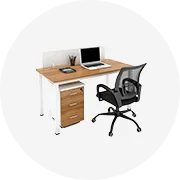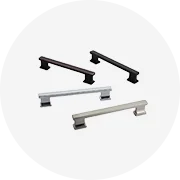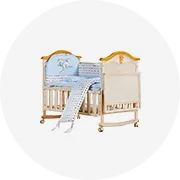
New Nordic Style Light Luxury Wine Storage Golden Bracket Restaurant Bar Counter Table Decoration Wine Fashion Display Stand


SHIHUI Natural Stone Furniture Round Shape Marble Beige Matte Table Fluted Base Travertine Stone Dining Table















The restaurant table is a cornerstone of dining ambiance, offering both functionality and style to eateries worldwide. From cozy diner tables to expansive grande tables, the variety available caters to every type of dining experience. The selection of tables is crucial in defining the restaurant's character, whether it's a bustling Japanese table dining setting or a serene bistro ambiance.
Tables bar and restaurant dining table varieties are designed to accommodate diverse restaurant themes and customer capacities. For instance, table and chair for restaurant settings vary from intimate two-seaters to larger communal options, each serving different dining formats. The dining island table, a popular choice, provides a central hub for interactive dining experiences, while dining booth tables offer privacy and comfort.
The construction of a restaurant table is as varied as its uses, with materials ranging from classic wood to modern metals. Butcher block table dining pieces are revered for their durability and timeless appeal, while unique dining room tables often feature innovative designs and materials that set a restaurant apart. Outdoor settings benefit from bistro tables outdoor, which are crafted to withstand the elements while maintaining aesthetic appeal.
A well-chosen restaurant table not only supports daily operations but also enhances customer satisfaction. Tables designed for restaurants must balance sturdiness with style, ensuring longevity despite constant use. The adaptability of restaurant table tops allows for customization to reflect a restaurant's theme or brand without compromising on practicality.
When selecting a restaurant table, considerations extend beyond mere appearance. The spatial dynamics of the dining area, the expected customer flow, and the type of service are all critical factors. For example, market tables are often selected for their ability to be easily rearranged or combined, offering flexibility for various events or dining configurations.
In conclusion, the restaurant table is a fundamental component that influences a diner's experience. It is essential to choose tables that not only align with the restaurant's aesthetic but also meet functional requirements. With a broad spectrum of options available, establishments can find the perfect match to complement their dining spaces.